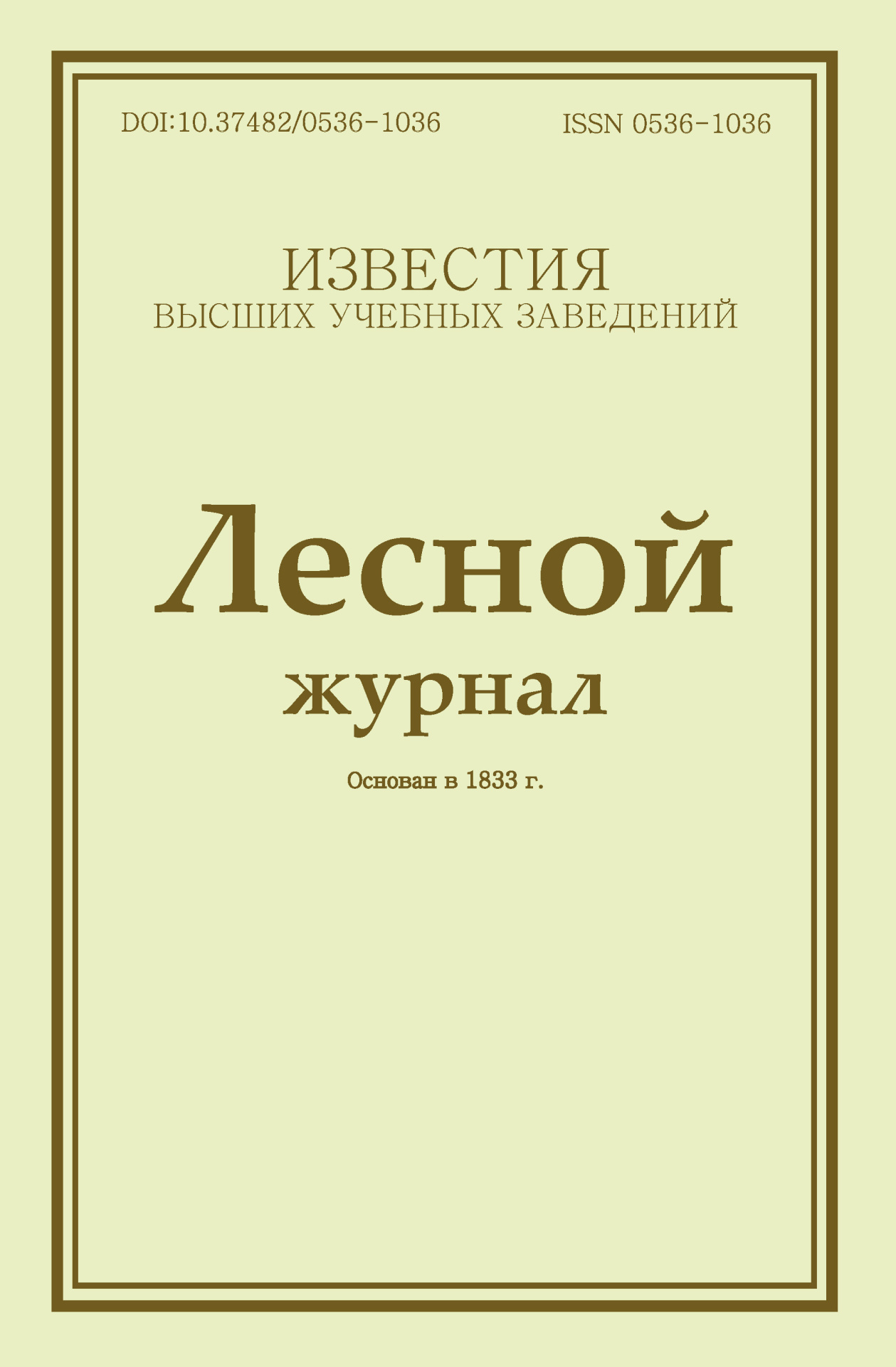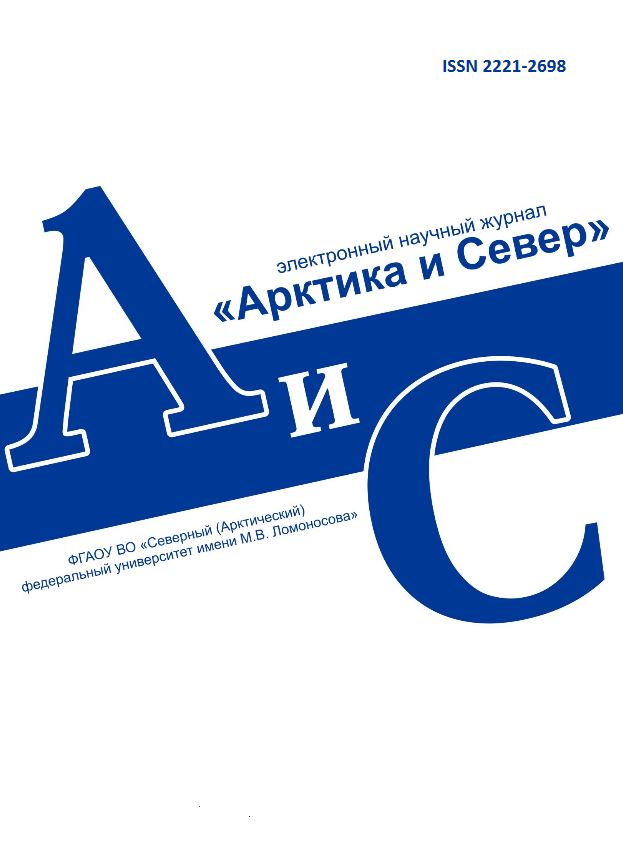Legal and postal addresses of the founder and publisher: Northern (Arctic) Federal University named after M.V. Lomonosov, Naberezhnaya Severnoy Dviny, 17, Arkhangelsk, 163002, Russian Federation Editorial office address: Journal of Medical and Biological Research, 56 ul. Uritskogo, Arkhangelsk Phone: (818-2) 21-61-00, ext.18-20
E-mail: vestnik_med@narfu.ru ABOUT JOURNAL
|
Section: Physiology Download (pdf, 2.8MB )UDC612.821+616.89-008.44-057.5AuthorsPankov Mikhail Nikolaevich, Institute of Medical and Biological Research, Northern (Arctic) Federal University named after M.V. Lomonosov (Arkhangelsk, Russia)Podoplekin Artem Nikolaevich, Institute of Medical and Biological Research, Northern (Arctic) Federal University named after M.V. Lomonosov (Arkhangelsk, Russia)
Sidorova Elena Yuryevna, Institute of Medical and Biological Research, Northern (Arctic) Federal University named after M.V. Lomonosov (Arkhangelsk, Russia)
Antonova Irina Vladimirovna, Postgraduate Student, Institute of Medical and Biological Research, Northern (Arctic) Federal University named after M.V. Lomonosov (Arkhangelsk, Russia)
AbstractThe article presents the results of a psycho-physiological study of primary school children with high level of aggression. The research included a comparative analysis of constant brain potential with anxiety, and rigidity. We examined 188 children aged 7–11 years attending comprehensive schools. The test group consisted of 52 children displaying excessive and brutal aggression. This group was formed according to the teachers’ questionnaire results. The control group included children with normal levels of aggression, not exceeding the protective ones. We used topographic mapping of the brain and psychological techniques: “Aggression Hyperactivity, and Communicative Tolerance” questionnaire and Eysenck Personality Inventory. The findings showed that children with high levels of aggression had lower levels of constant potential in the frontal parts than in other brain structures, as well as cortical asymmetry with left hemisphere predominance. Children in this group, compared to their peers, have such psychological characteristics as high level of rigidity and conflict proneness, which indicates they have difficulty perceiving the situation constructively and resolving conflicts on the verbal level. Primary school age is vulnerable to aggressive reactions forming in a child’s behaviour, as the load on the central nervous system creates imbalance in the brain functions. The research results allowed us to make a comprehensive assessment of behavioral disorders in children with high level of aggression and can be used to identify maladaptation and susceptibility to socially dangerous behaviour.Keywordsprimary school children, aggression, level of constant brain potential, cerebral energy metabolism.References
|
Make a Submission
INDEXED IN:
|
Продолжая просмотр сайта, я соглашаюсь с использованием файлов cookie владельцем сайта в соответствии с Политикой в отношении файлов cookie, в том числе на передачу данных, указанных в Политике, третьим лицам (статистическим службам сети Интернет).




.jpg)

